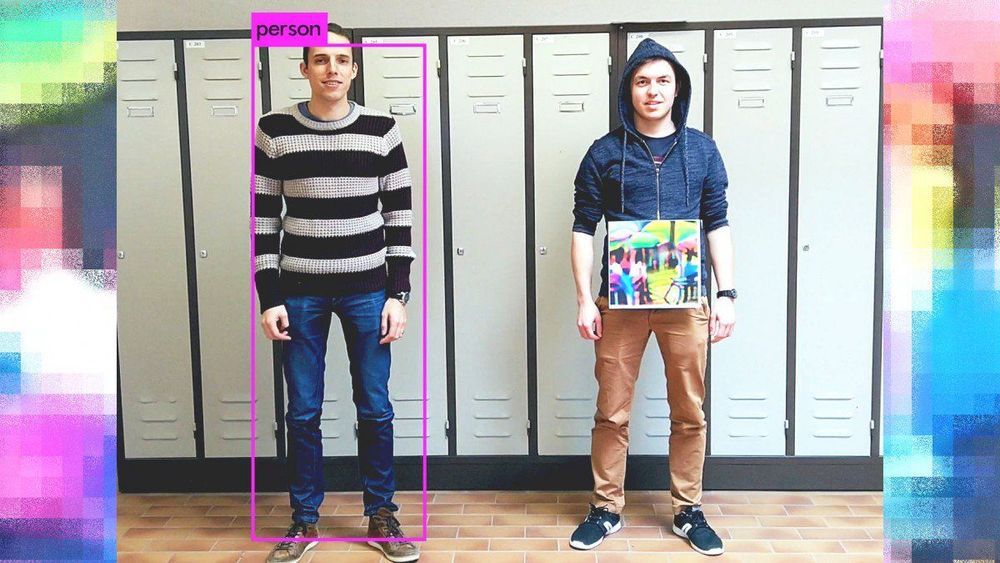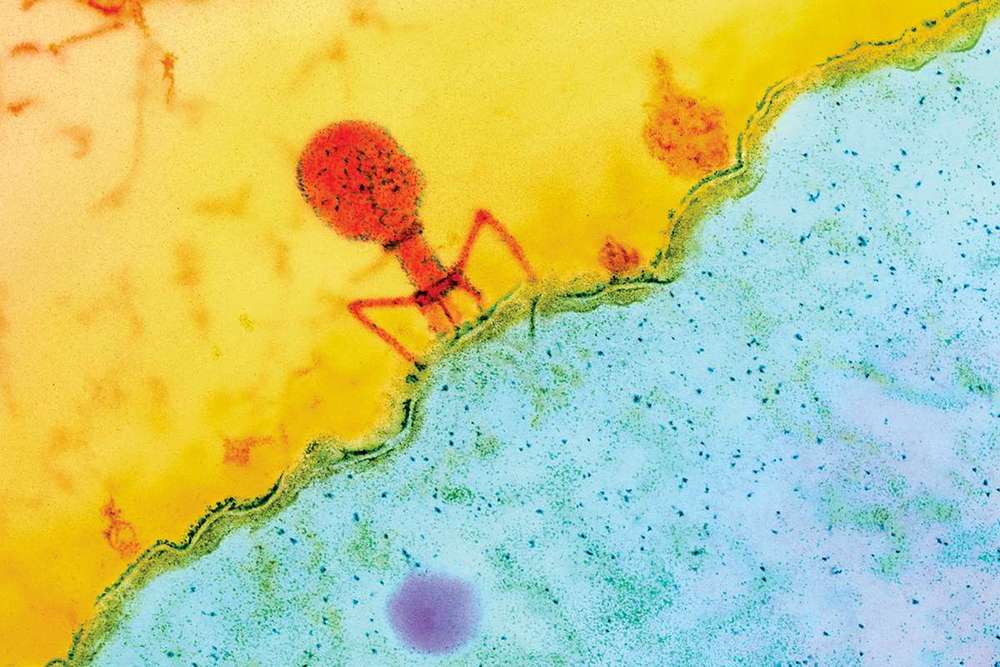AUSTIN, Texas — The Defense Advanced Research Projects Agency is examining ways to equip a small unit with swarming capabilities.



China’s “artificial sun” will achieve nuclear fusion by the middle of this century, one of the project leaders said Wednesday.
HL-2M Tokamak, the modified Chinese-designed “artificial sun” and a device to harness energy from fusion, will be completed this year. It is expected to increase the electricity intensity from one mega amperes to three mega amperes, an important step to achieve nuclear fusion, a spokesperson surnamed Liu with the press office of the Southwestern Institute of Physics (SWIP), affiliated with China National Nuclear Corporation, told the Global Times. An ampere is a standard measurement of electric current.
For instance, the deuterium (also known as heavy hydrogen) extracted from one liter of seawater releases the energy equivalent of burning 300 liters of gasoline in a complete fusion reaction, Liu said.
German scientists create see-through ORGANS in a step toward 3D-printed parts that could be transplanted in the human body…
Researchers in Germany have created transparent human organs using a new technology that could pave the way to print three-dimensional body parts such as kidneys for transplants.
Scientists led by Ali Erturk at Ludwig Maximilians University in Munich have developed a technique that uses a solvent to make organs such as the brain and kidneys transparent.
The organ is then scanned by lasers in a microscope that allows researchers to capture the entire structure, including the blood vessels and every single cell in its specific location.

Any night owls reading this will be familiar with the struggle of constantly trying to fit into a morning person’s world. And researchers might have finally identified the genetic typo that causes this social jetlag.
A 2017 study revealed that many people who stay up late and struggle to wake up in the morning aren’t lazy, their internal clock is simply genetically programmed to run between 2 and 2.5 hours slower than the rest of the population, thanks to a mutation in a body clock gene called CRY1.
“Carriers of the mutation have longer days than the planet gives them, so they are essentially playing catch-up for their entire lives,” said lead researcher Alina Patke from The Rockefeller University in New York.

AI-powered video technology is becoming ubiquitous, tracking our faces and bodies through stores, offices, and public spaces. In some countries the technology constitutes a powerful new layer of policing and government surveillance.
Fortunately, as some researchers from the Belgian university KU Leuven have just shown, you can often hide from an AI video system with the aid of a simple color printout.
Who said that? The researchers showed that the image they designed can hide a whole person from an AI-powered computer-vision system. They demonstrated it on a popular open-source object recognition system called YoLo(v2).

Chinese technology companies are increasingly important and dynamic international actors. They are making critical contributions in a range of areas, from cutting edge research to enabling connectivity for developing countries. Yet, their rapid expansion and growing influence also bring a range of strategic and policy challenges. The Australian Strategic Policy Institute’s International Cyber Policy Centre has created a public database to map the global expansion of 12 key Chinese tech companies working across the telecommunications, internet & biotech sectors. It’s a tool for journalists, researchers, NGOs, policymakers and the interested public to better understand the enormous scale, complexity and increasing reach of some of China’s tech giants. On this website you’ll find:


China’s Gen Z isn’t impressed by glitzy brand names and traditional advertising campaigns. Many are looking beyond the physical stores and e-commerce portals their predecessors preferred. They’re buying goods suggested by social media influencers known as wanghong. And they’re using messaging, short videos, livestreaming, and social media apps as gateways to making those purchases.
Traditional retail and e-commerce hold little interest for consumers who are wedded to smartphones and take their cues from influencers.


By Michael Le Page
People with incurable melanomas and brain or breast cancers are to get injections of tumour-fighting viruses.
The trial will test the safety of a virus that has been engineered to shrink tumours – an approach that holds promise for a range of cancers, including deadly brain tumours.